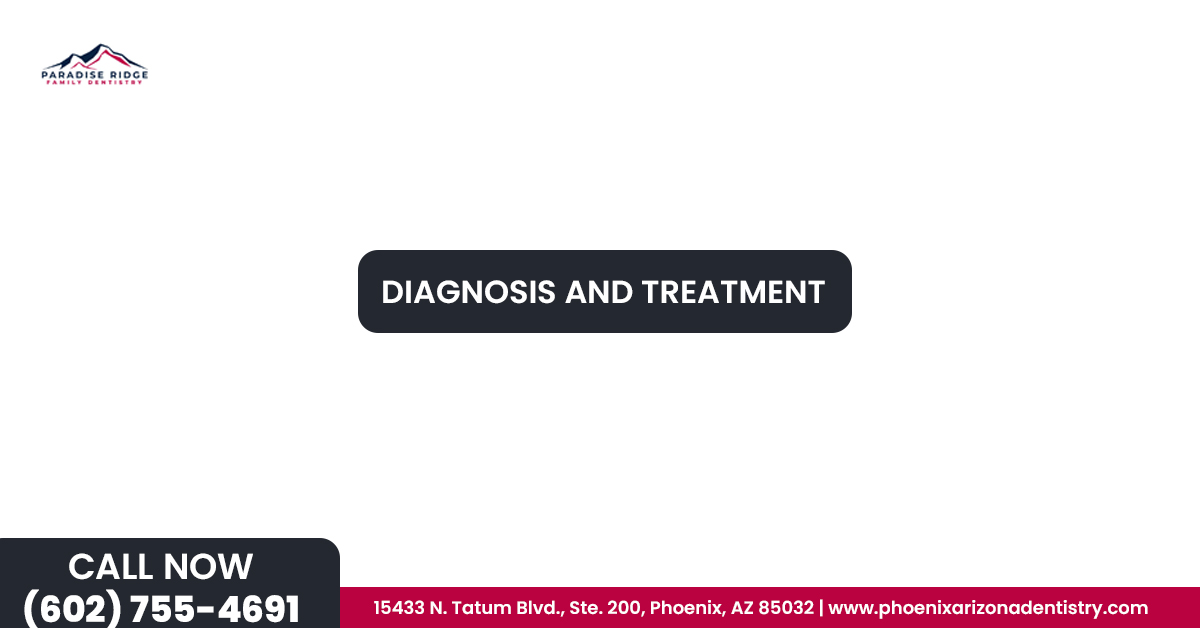Discussions about oral health often cause confusion between gingivitis and gum disease. Despite their frequent interchangeability, these terms refer to different stages of oral health issues. Gingivitis is the milder, completely reversible precursor, while gum disease (periodontal disease) indicates a more serious, potentially irreversible condition. The fundamental difference between gum disease and gingivitis lies in progression — one involves simple gum inflammation, while the other includes damage to essential tooth-supporting structures.
Table of Contents
What Is Gum Disease?
Gum disease, officially known as periodontal disease, represents a chronic infection affecting both gums and bone structures supporting teeth. The condition begins with plaque accumulation, which hardens into tartar. Over time, this tartar irritates surrounding gum tissue, causing inflammation and eventually damaging the crucial ligaments and bone responsible for anchoring teeth securely. Left untreated, periodontal disease can result in tooth loss and shows concerning links to systemic health problems including heart disease, diabetes complications, and respiratory issues. Professional intervention becomes necessary to prevent disease progression and tackle potential health risks. Because the condition typically advances slowly and often painlessly, regular dental examinations remain vital for early detection and treating gum disease effectively.
What Is Gingivitis?
Gingivitis marks the initial phase of gum disease, characterized primarily by inflammation of the gums resulting from plaque buildup. Affected gum tissue becomes visibly red, swollen, and bleeds easily during brushing or flossing activities — these are classic signs of gingivitis. The good news about gingivitis is that it can be completely reversed with careful oral hygiene and skilled dental cleanings. Treating gingivitis focuses specifically on eliminating plaque and tartar to restore healthy gum tissue and prevent advancement to more serious stages. Early identification and prompt intervention prove critical in avoiding significant complications.

Key Differences Between Gum Disease And Gingivitis
The core difference between gum disease and gingivitis lies in damage extent and reversibility potential. Gingivitis functions as a warning signal that can be effectively addressed, while gum disease indicates an advanced problem requiring more intensive treatment approaches. Understanding these differences helps in recognizing symptoms and seeking appropriate care.
Difference 1: Severity And Progression
Gum disease progresses beyond superficial gums, affecting deeper bone and connective tissues. This progression typically results in irreversible damage, including bone deterioration and tooth loss. The deepening pockets between teeth and gums create ideal environments for bacteria to thrive, worsening the existing infection and accelerating tissue destruction. Gingivitis presents as mild inflammation that, when properly addressed, causes no permanent damage.
Difference 2: Tissue Involvement And Symptoms
Gum disease involves deeper structures, leading to disappearing gums, pocket formation, and potential bone deterioration. The symptoms of this development get more severe with time, including loose teeth, abnormal bite alignment, and chronic bad breath. Gingivitis can be identified by redness, swelling, and bleeding, which are mostly caused by damage to the surface gum tissue.
Difference 3: Reversibility And Treatment Approaches
Gum disease typically requires more complex interventions, including deep cleanings (scaling and root planing), antibiotic therapy, and sometimes surgical procedures like flap surgery, bone grafting, or tissue regeneration. These gum disease treatment options aim to halt disease progression, repair damaged tissues when possible, and prevent further deterioration. Gingivitis can be reversed through improved oral hygiene practices and professional cleanings. Gingivitis treatment focuses on removing plaque and tartar through scaling and polishing procedures.

Diagnosis And Treatment
Gum disease is diagnosed through comprehensive examinations, including visual assessments, examining gum pockets to measure depth, and taking X-rays to evaluate bone loss. Treating gum disease may require scaling and root planing to remove plaque and tartar from below the gum line, antibiotic therapy to control bacterial growth, or surgical interventions to repair damaged tissues. Various gum disease treatment options are available depending on severity. Regular follow-up appointments become essential for monitoring progress and maintaining gum health regardless of the initial condition.
Gingivitis treatment usually includes expert cleanings along with advice on how to improve dental hygiene habits, such as using antimicrobial mouthwash, brushing correctly, and flossing efficiently.
Importance Of Early Detection And Prevention
Early detection of gingivitis proves crucial in preventing progression to gum disease. How to prevent gum disease involves maintaining consistent oral hygiene practices — including regular brushing, flossing, and professional cleanings which remains essential for prevention. Addressing early signs of gingivitis can potentially save teeth and prevent serious health complications. Consistent and effective oral care at home, combined with regular dental check-ups, significantly reduces risk factors for developing these conditions. Through careful preventive measures and prompt treatment of early symptoms, most people can maintain healthy gums and avoid the serious consequences of advanced gum disease.
Why Choose Paradise Ridge Family Dentistry?
At Paradise Ridge Family Dentistry, expert dental care ensures that patients receive accurate diagnosis and effective treatments for gum-related concerns. Whether it’s addressing early signs of gingivitis or advanced gum disease, the team focuses on personalized care to restore oral health and prevent future complications.


